Transforming Your Presentation into an Interactive Workshop Part 2: Making Your Workshop Effective
To catch up on Part 1, read Know When a Workshop is the Right Call.
The best workshops put the learning into the hands of the participants at every stage of the learning process, but sometimes the timeline—both for development of the workshop or the runtime of the experience itself—can result in more of a hybrid experience that contains both presentation-style and interactive moments. When we work with clients transforming their presentations into workshops, this is how we typically break it down.
Understand the Learning Journey
First, it’s important to understand the learning journey. People need to go through all 5 stages of the learning journey before a new skill or set of information is truly internalized or “learned.” The stages of the learning journey are:
Workshops typically aim to guide the learner through the first four stages of the learning journey, acknowledging that the final step, Apply, has to happen on the job in real life, and not within the context of a workshop experience. When we consider presentations, they are typically designed around providing the audience with information, which is what the Introduce stage of the learning process is all about. Even when presentations are well done and engaging, they rarely lead to true knowledge acquisition or skill development.
Begin Your Workshop Design With “Practice”
When transforming a presentation into a workshop, the most obvious place to start is with the Practice stage. Most presentations don’t provide space for participants to practice… they’re presentations, after all. But this stage is where most of the learning really occurs. By practicing the use of the new skill or knowledge, learners become acutely aware of what they understand well, and what they still haven’t figured out. This leads to good discussion and follow up questions that the facilitator can answer.
In practical terms, developing a workshop experience designed to guide learners through the Practice stage of learning typically involves crafting scenarios or “controlled situations” where the information or skill can be applied. This takes some forethought and a deep understanding of the contexts in which the learners operate to make sure the exercise is relevant.
Then Consider “Process” and “Integrate”
Great presentations do a decent job of introducing information AND getting the audience to process and integrate that information. Often we work with presenters who are fantastic at what we call a “knowledge push” but don’t necessarily have empathy or understanding for what it takes for the audience to take that information in and truly comprehend it.
In a workshop, there’s more space to encourage participants to Process and Integrate the information. The facilitator can enable these stages by asking attendees questions about the content to drive conversation. Presenters may want to lead a conversation from the front of the room, but small-group or partner discussions are also useful. These conversations can and should happen at strategic moments to ensure participants understand the relevant content before moving on.
Evaluate the Engagement Design
One of the many benefits of a workshop that is designed to walk attendees through the first four stages of the learning journey is that it will necessarily be more interactive than a straight presentation. That said, it’s still worthwhile to take a step back and evaluate how engaging your workshop design is. One simple rule of thumb to keep in mind is that participants should not have to “sit and listen” for more than 10 minutes. If you plan to present information, present for less than 10 minutes before moving participants to a group discussion. If you can have participants discover the information by reading it themselves or exploring a card activity instead, that’s even better! In general. for an hour-long experience, aim for at least 3 - 5 opportunities for attendees to participate actively either by answering a question, talking to a peer, exploring materials, individual reflection, etc.
What are some elements of your favorite presentations or workshops?

